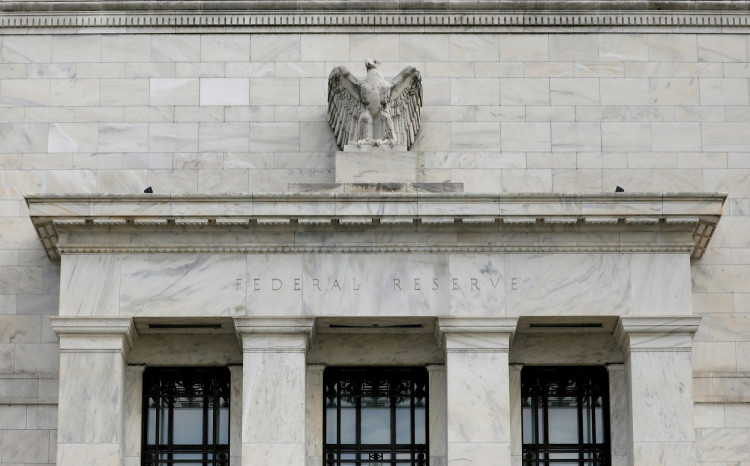As the Federal Reserve prepares for a critical policy meeting this week, former Dallas Fed President Robert Kaplan has made a strong case for a half-point interest rate cut, advocating for a bolder approach to counter looming economic challenges. Kaplan, who served as Dallas Fed President from 2015 to 2021, voiced his concerns during an interview with CNBC, suggesting that a more aggressive rate cut would better position the Federal Open Market Committee (FOMC) to manage the uncertainties that lie ahead.
"If I were sitting at the table, I would be advocating for 50 basis points in this meeting," Kaplan stated on CNBC's "Squawk Box." He expressed concern that the Fed may already be behind the curve, noting, "I think the Fed may be a meeting or so late, and if I had a do-over, I might prefer we had started the cutting in July, not September."
Kaplan's remarks come as the market remains divided over the Fed's next move. According to the CME Group's FedWatch tool, there is currently a 2-to-1 likelihood that the FOMC will opt for a 50 basis point reduction, as opposed to the 25 basis point cut that had been more widely expected in the lead-up to this week's meeting. The Fed's benchmark overnight lending rate is currently set at 5.25% to 5.50%, and any decision to cut rates will be closely scrutinized for its potential impact on the broader economy.
Kaplan emphasized the importance of risk management in the Fed's decision-making process, arguing that a more substantial rate cut would provide greater flexibility for future policy adjustments. "From a risk management point of view, 50 makes the most sense," he said. Kaplan also highlighted the role of Fed Chair Jerome Powell, whose personal stance and ability to unify the committee will be crucial in determining the outcome of this week's meeting. "A lot of this will depend on what Jay Powell personally thinks, and then his ability to wrangle everybody to a unanimous decision."
While Kaplan advocates for a more aggressive cut, a recent CNBC Fed Survey indicates that most economists, fund managers, and strategists expect a more measured approach. The survey, which included 27 respondents, shows that 84% anticipate a quarter-point cut, with only 16% predicting a half-point reduction. This contrasts with the 65% probability of a 50 basis point cut currently priced into the futures markets, highlighting the uncertainty surrounding the Fed's next move.
The Fed's dilemma is compounded by differing perspectives on the overall state of the economy. Survey respondents appear less concerned about an imminent recession than the futures markets, with 74% believing that a September rate cut would come in time to ensure a soft landing for the economy. However, some experts warn that the Fed may be running out of time to avoid a more severe downturn. "Powell's legacy is dependent on him nailing a soft landing after waiting too late to raise rates in 2021," said Diane Swonk, chief economist at KPMG U.S. "The window on that occurring is narrowing."
The debate over the size of the rate cut reflects broader concerns about the Fed's ability to manage the economic landscape. Barry Knapp of Ironsides Macroeconomics noted that the FOMC might either "under-promise or under-deliver, perhaps both," as it navigates the challenges of balancing economic growth with inflation control.
In terms of market expectations, the CNBC Fed Survey suggests that equity valuations are generally aligned with a soft landing scenario, with 50% of respondents considering them overpriced and 47% underpriced. However, a significant majority-97%-believe that equities are significantly or somewhat overpriced in the event of a recession, underscoring the potential market risks if the Fed's rate cuts are insufficient to stabilize the economy.
Despite the challenges, some analysts remain optimistic about the Fed's ability to manage the situation. Michael Englund of Action Economics believes the Fed has time to lower rates at a measured pace, likening the upcoming cuts to a "mid-cycle correction" rather than an end-of-cycle recessionary trend.






